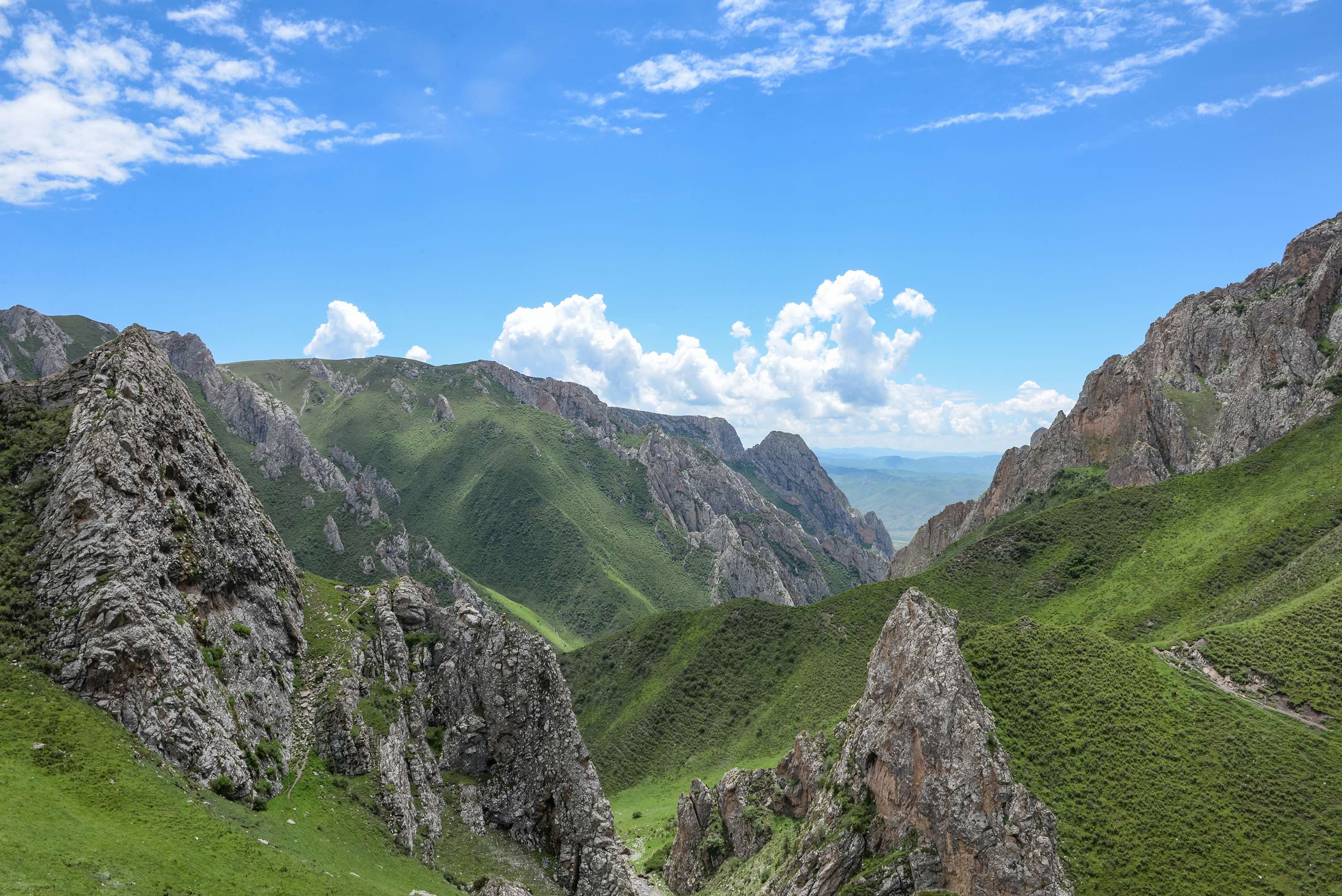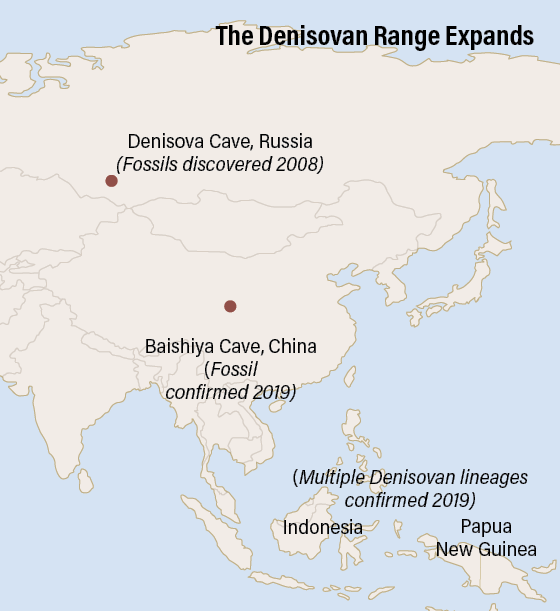Denisovan Research Reveals That Early Humans Were More Complex Than We Thought
#5 in our top science stories of 2019.
By Nathaniel ScharpingDecember 30, 2019 4:00 PM

Baishiya Cave is high on the Tibetan Plateau. (Credit: Dongju Zhang, Lanzhou University)
Since 2008, when their fragmentary fossils first turned up in a Siberian cave, the Denisovans have been the most mysterious branch of the human family tree. The archaic humans, like Neanderthals, lived at the same time as early Homo sapiens but have been extinct for tens of thousands of years.
For nearly a decade, we’ve known Denisovans from only one site, which yielded just a shard of finger bone and a few teeth from four individuals — and ancient DNA extracted from the scant remains.
In 2019, however, a series of discoveries revealed our evolutionary kin in greater detail than ever, answering some questions but also presenting new mysteries. One thing is clear: The Denisovans were much more complex than we thought, occupying diverse and sometimes extreme environments spread over much of Asia.

(Credit: Jay Smith)
In March, researchers announced that they had found two small skull fragments — the first known pieces of a Denisovan braincase — belonging to a fifth individual in Denisova Cave, in the Altai Mountains of southern Siberia. However, the biggest news about our mysterious extinct cousins came from outside their namesake cave.
More:
https://www.discovermagazine.com/planet-earth/denisovan-research-reveals-the-early-humans-were-more-complex-than-we

